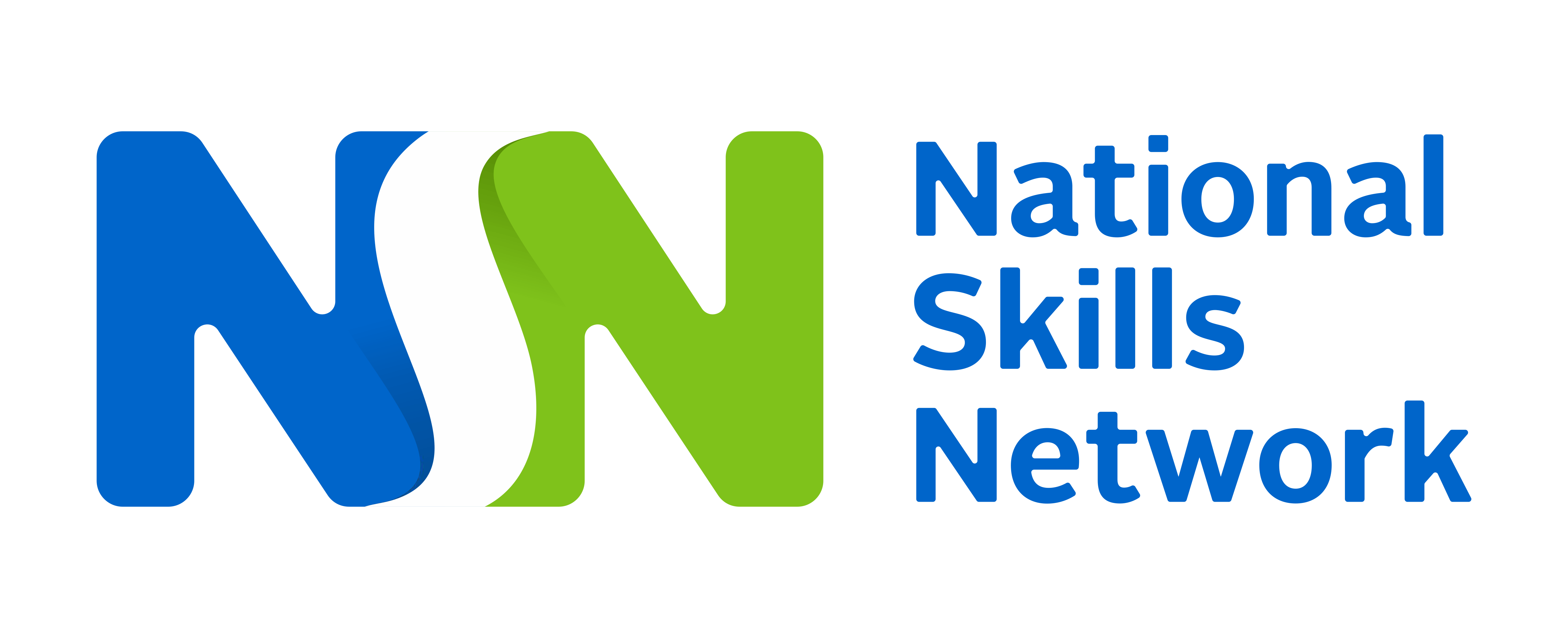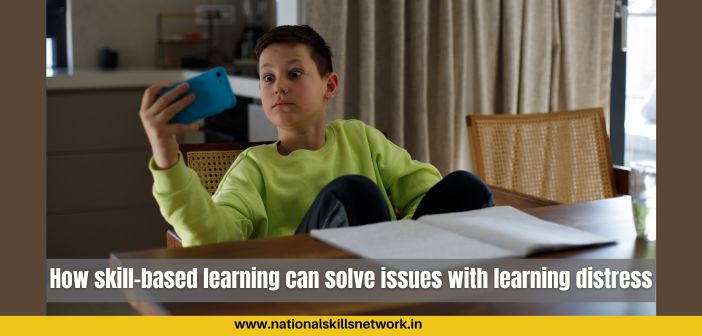Around 27 million men and women make up the global nursing and midwifery workforce, accounting for more than 50% of the global health workforce, according to the World Health Organisation (WHO). And yet there is a global shortage of about 50% of health workers, particularly nurses and midwives.
With reference to India, the country has about 1.7 trained nurses per 1,000 people, against the WHO norm of three nurses per 1,000 people. It means India needs to add more than 4.3 million nurses by 2024. This indicates a huge demand for sufficiently trained nurses not just in India but also across the globe.
Though India leads the world in turning out thousands of nurses every year, that number is still not adequate considering the pressure on the country’s health system. The demand for qualified and skilled nurses has increased exponentially since the pandemic. Therefore, the challenge is not just about churning out nursing graduates every year but producing industry-ready, sufficiently trained nurses on the latest equipment, and who are digitally and globally competent, and get paid the wages they deserve.
The question is how we address the knowledge and skill gaps as per the industry requirements to make the nurses highly competent. What are the challenges faced by newly graduated nurses as they ace their first jobs in the Healthcare industry? On this note, let us look at the top 5 challenges faced by nurses in India, which need to be addressed to make nursing education in India more effective and efficient.

Top 5 challenges faced by nurses
1. Coping with technological advancements
With advancements in technology in Healthcare and IT, and easy access to information by the patients, it becomes inevitable for the nurses to be digitally and technically competent. With the pandemic strengthening the demand for telemedicine and telenursing, nurses must be digitally competent to carry out these services to be relevant in the coming times.
With the help of technology, nurses are able to reduce the number of errors, retrieve more information, research evidence-based practices, boost efficiency and improve safety for the patients as well as for themselves. Therefore, interest and knowledge on the latest technological advancements in healthcare and its usage is unavoidable for the nurses.
2. Acquiring sufficient clinical experience
Many nurses lack sufficient clinical experience before getting on to the job in hospitals, home intensive-care and other allied services. Most often, even though the clinical experience is part of the curriculum, it is generally not sufficient. This makes it a risky affair not just for the patients but also for the career progress of the nurses. During the training, the nurses also face the challenge of inadequate follow-up and guidance and subjective evaluation in the clinical learning environment. This calls for the need for clinical training on simulators.
3. Improving communication and attitude
Nurses are the first connect with the treatment for any patient. Their communication and attitude leave a lasting impact on the patient.
It’s crucial for them to be good listeners and understand the patient’s concern and anxiety during the treatment . It also helps the patients to have an open and secure conversation with the nurse to overcome apprehensions. Good communication is also the primary means of establishing trust and positive relationships with the patients and their families.
Thus, in today’s scenario, appropriate attitude and communication skills have become as important as clinical and technical skills. There is a need for proper training in communication not just in English and regional languages, but also in a few international languages to improve the career prospects of the nurses. 21st-century skills such as communication, critical thinking, social skills, technology skills, etc., and excellent interpersonal skills will aid them to have the right attitude for excelling in their service.
Also read: TCS iON – Apollo Medskills Skills Conclave on transforming Nursing Education in India
4. Opportunities and avenues to reskill and upskill
Nursing professionals, at all times, must be updated with latest happenings in the Healthcare, advancements in medication, equipment, technology and treatment related to their field of expertise. Given the tight schedules and workplace demands, nurses do not have many avenues currently available to upskill and reskill themselves from time to time. This is where, skilling, reskilling, and upskilling through phygital (physical + digital) mode can be beneficial. Through phygital mode, we can considerably enhance the skill training of nurses across the country, especially in the rural areas and strengthen the overall healthcare ecosystem.
5. Lack of latest and sufficient infrastructure
Lack of sufficient physical infrastructure for training and immersive learning of trainee nurses is either due to lack of funds, space, or partnerships to facilitate it. Trainee nurses must be able to learn the theory and be able to sufficiently practice it in the training labs. Also, they do not have the opportunity to practice their clinical skills and knowledge on real-life situations or experiences. This is where simulator-based nursing education can be useful in helping them develop effective non-technical skills, practice rare emergency real-life situations, and provide a variety of authentic life-threatening situations. It also gives instant feedback and lets the nurses practice a situation multiple times.
Bridging the gaps in nursing education
In the past couple of years, we have seen that the pressure and demands on the Healthcare industry, doctors, nurses and other allied health workers have only intensified. This is not just because of the pandemic, but also because of an aging population, increase in complex and chronic diseases, etc.
As mentioned above, several factors affect the nurses and their ability to deliver consistent service to the patients. These issues and challenges can be addressed by the joint efforts from academia, nursing organisations, hospitals and other healthcare organisations.
Let us look at some of the ways in which the gaps in nursing education can be bridged.
- There is a need to create sufficient infrastructure for nurses to learn and practice at their convenience
- The curriculum must be updated from time to time to cater to the needs of the industry
- Training institutions must partner with hospitals and hospital chains to expose nurses to practical challenges and make them industry-ready
- Capacities of trainers must be built as per the industry requirements to be able to deliver up-to-the-mark training
- Creating opportunities for upskilling and reskilling the nurses
- Simulator-based nursing education must be adopted by training institutions
By addressing the challenges faced by the nurses in efficiently carrying out their tasks, we create a pool of skilled and competent healthcare professionals. Catering to these needs keeps the nurses motivated, empowered, and encouraged, to continue doing what they do best without any hindrances. This in turn lets the nurses earn better as their salaries depend on how skilled and industry-ready they are.
Click here to know more about programs offered by TCS iON in technical and vocational education – https://learning.tcsionhub.in/hub/ve/
For more information about TCS iON phygital model for vocational education, please email at tcsion.ve@tcs.com














